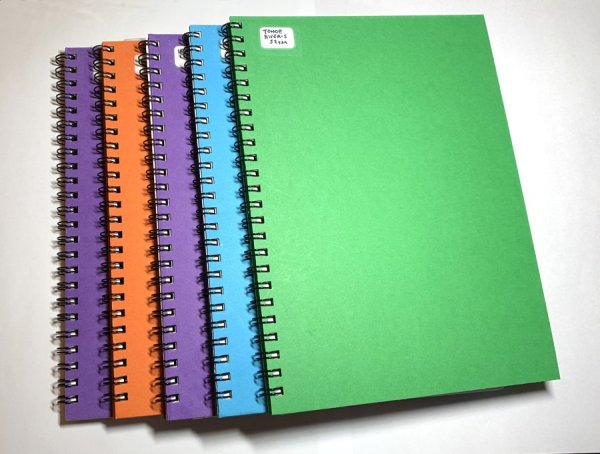Stereo Microscope For Nib Work (Help)
-
Forum Statistics
357.4k
Total Topics4.7m
Total Posts -
Member Statistics
129,896
Total Members18,857
Most OnlineNewest Member
jcridge
Joined -
Images
-
Albums
-
USG 22
- By USG,
- 0
- 0
- 59
-
Andrew Lensky Arts
- By Andrew_L,
- 4
- 25
- 98
-
Extra Fine Nib Ink Reviews (23 of n)
- By LizEF,
- 0
- 10
- 10
-
Paper
- By Penguincollector,
- 0
- 0
- 4
-
Icones Pupulinianae VI
- By fpupulin,
- 1
- 2
- 87
-















FP.jpg.dfabad98e31924a4f676c6f770ce1ef0.jpg)

.thumb.jpg.f07fa8de82f3c2bce9737ae64fbca314.jpg)









Recommended Posts
Create an account or sign in to comment
You need to be a member in order to leave a comment
Create an account
Sign up for a new account in our community. It's easy!
Register a new accountSign in
Already have an account? Sign in here.
Sign In Now